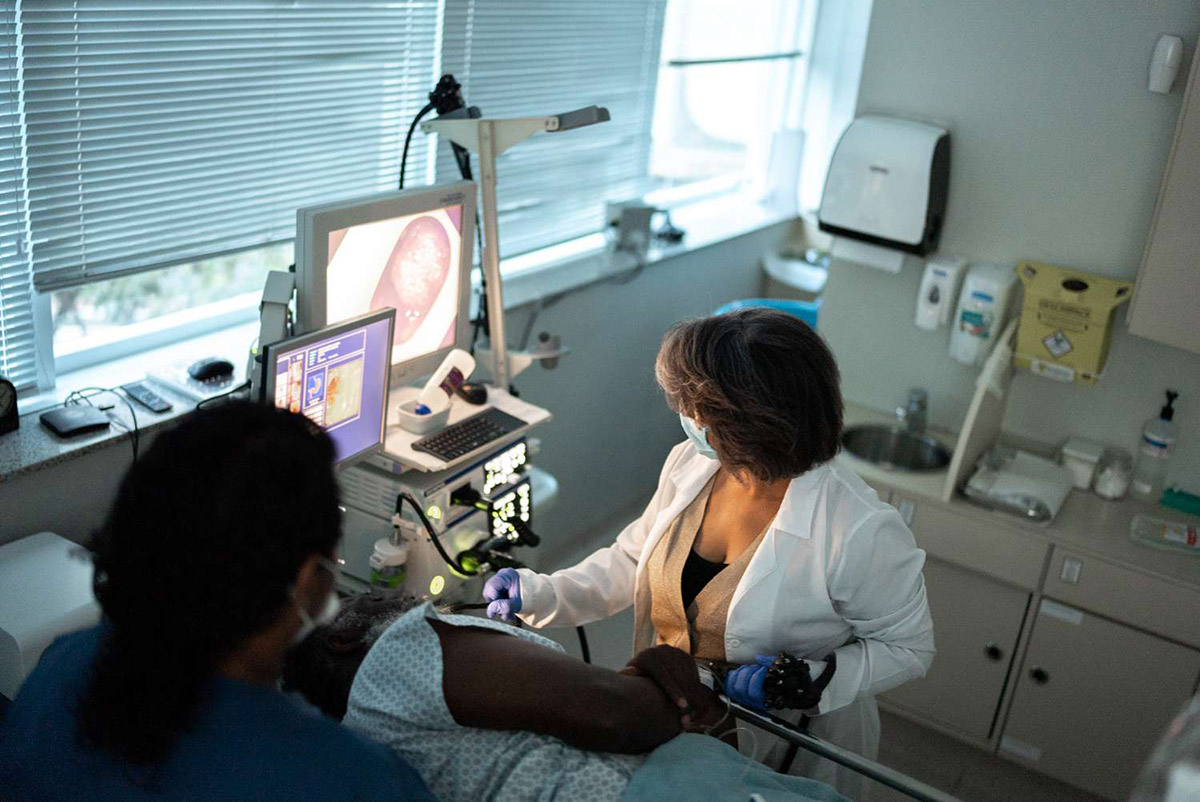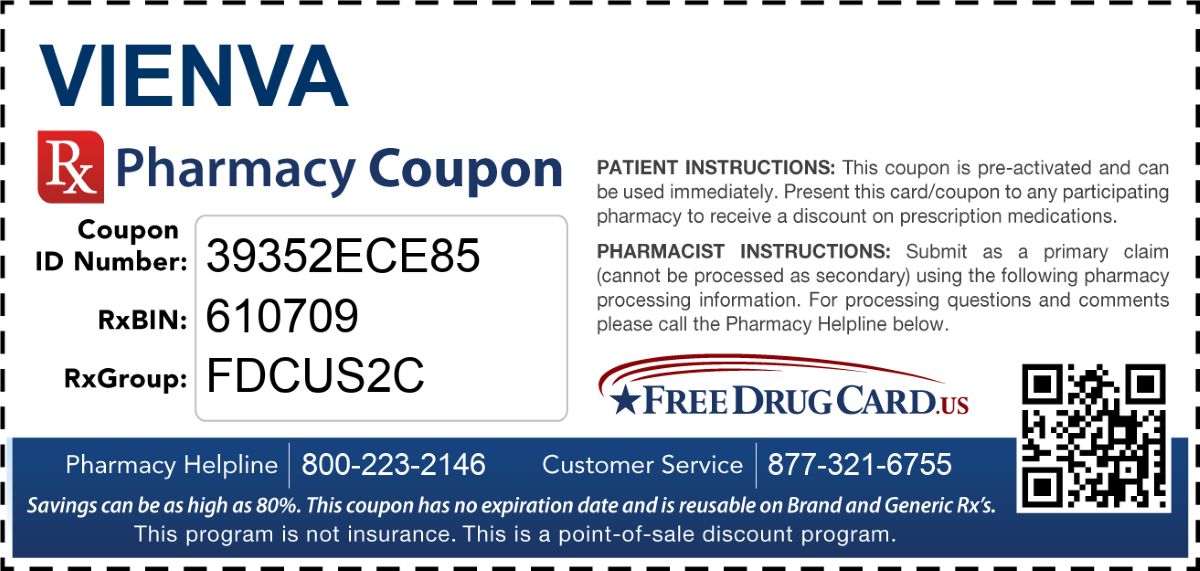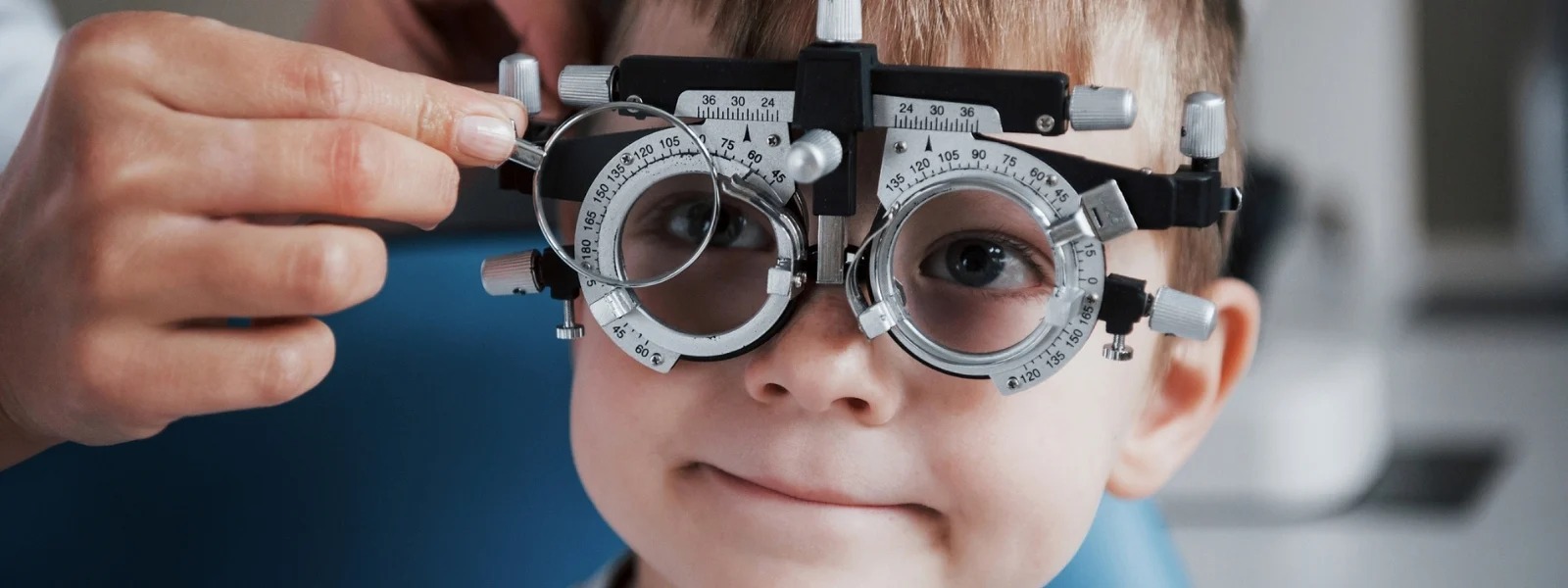Home>Finance>How Much Is A Dermatologist Appointment Without Insurance


Finance
How Much Is A Dermatologist Appointment Without Insurance
Modified: February 21, 2024
Find out how much a dermatologist appointment costs without insurance and learn about finance options to help cover the expense.
(Many of the links in this article redirect to a specific reviewed product. Your purchase of these products through affiliate links helps to generate commission for LiveWell, at no extra cost. Learn more)
Table of Contents
Introduction
When it comes to maintaining our health, regular visits to healthcare professionals are crucial. This includes seeing a dermatologist, a medical specialist who treats conditions affecting the skin, hair, and nails. However, for many individuals, the cost of a dermatologist appointment without insurance can be a major concern.
A dermatologist appointment typically involves a thorough examination, diagnosis, and treatment plan for various skin conditions such as acne, psoriasis, eczema, or skin cancer screenings. While having health insurance can help offset the cost of these appointments, not everyone has insurance coverage. This leaves individuals wondering about the expenses they may incur when seeking dermatological care.
In this article, we will discuss the factors that can affect the cost of a dermatologist appointment without insurance, the average cost individuals can expect to pay, additional expenses to consider, and options for affordable dermatologist care.
Understanding the cost of a dermatologist appointment without insurance is essential for individuals who may not have insurance coverage or may have a high deductible that makes it costly to use their insurance benefits.
Before diving into the specifics, it’s important to note that the cost of a dermatologist appointment can vary depending on various factors, including the geographic location, the complexity of the condition being treated, the clinic or facility where the appointment takes place, and the level of experience and expertise of the dermatologist.
Factors Affecting Dermatologist Appointment Costs
Several factors come into play when determining the cost of a dermatologist appointment without insurance. Understanding these factors can help individuals anticipate and budget for their dermatological care expenses. Here are some key factors that can influence the cost:
- Geographic Location: The cost of healthcare services, including dermatology, can vary significantly depending on the region or city you live in. Urban areas with higher living costs tend to have higher medical fees compared to rural areas.
- Type of Provider: The qualifications and expertise of the dermatologist can impact the cost. A board-certified dermatologist with specialized training and experience may charge higher fees compared to a general practitioner who also provides dermatological services.
- Complexity of the Condition: The severity and complexity of the skin condition being treated can affect the cost of the appointment. More complicated conditions may require longer consultations, additional tests, or specialized treatments, which can increase the overall cost.
- Diagnostic Tests: In some cases, the dermatologist may need to perform diagnostic tests, such as biopsies or skin cultures, to accurately diagnose the condition. These tests can add to the total cost of the appointment.
- Treatment Modalities: Depending on the treatment plan, various modalities may be used, such as topical medications, oral medications, laser therapy, or surgical procedures. The choice of treatment and the associated costs will impact the overall expense.
- Follow-up Visits: Some skin conditions require ongoing management and follow-up appointments. These additional visits can contribute to the overall cost of dermatological care.
- Facility Fees: The cost of the appointment may include facility fees, especially if you are seeing the dermatologist at a hospital or specialized clinic. These fees cover the overhead costs of maintaining the facility and can vary from one healthcare institution to another.
It’s essential to keep these factors in mind when estimating the costs associated with a dermatologist appointment without insurance. By understanding the potential factors affecting the cost, individuals can make informed decisions and explore options for affordable dermatological care.
Average Cost of Dermatologist Appointment Without Insurance
The cost of a dermatologist appointment without insurance can vary significantly depending on the factors mentioned earlier. However, to give you a general idea, let’s discuss the average cost you can expect to pay for a dermatologist appointment without insurance.
On average, a dermatologist appointment without insurance can range from $100 to $400 per visit. This cost may include the consultation fee, examination, and basic treatments or recommendations. However, please note that this is just a rough estimate and can vary based on the factors we discussed earlier.
In some cases, consultations with specialized dermatologists or those with higher levels of experience may cost more. Additionally, the complexity of the condition being treated and the need for additional tests or procedures can further increase the cost.
It’s important to keep in mind that this average cost may not cover the full extent of the treatment or any additional expenses that may arise during your visit. Medications, laboratory tests, biopsies, and follow-up visits can all add to the overall cost. Therefore, it’s crucial to inquire about the detailed breakdown of fees and potential additional expenses during your appointment.
While these costs may seem daunting, there are ways to make dermatological care more affordable. Exploring options for discounted programs, community health clinics, or negotiating payment plans with healthcare providers can help mitigate the financial burden of seeking dermatological care without insurance.
Remember, transparency and communication with your dermatologist about your financial situation can also be beneficial. They may be able to provide alternative treatment options or recommend resources that can help you manage the cost of your care.
Ultimately, the exact cost of your dermatologist appointment without insurance will depend on various factors and will be determined by the specific circumstances of your situation. It’s advisable to contact local dermatology clinics or healthcare providers to obtain more accurate and detailed information regarding their pricing and payment options.
Additional Expenses to Consider
When calculating the overall cost of a dermatologist appointment without insurance, it’s important to consider the potential additional expenses that may arise during your visit. These expenses can vary depending on your specific needs and the nature of your skin condition. Here are some additional expenses you should be aware of:
- Medications: After your dermatologist appointment, you may be prescribed medications to treat your skin condition. These medications can range in cost, from affordable topical creams to more expensive oral medications. It’s essential to factor in the cost of these medications when budgeting for your dermatological care.
- Diagnostic Tests: If further diagnostic testing is necessary, such as biopsies or blood work, additional expenses may be incurred. The cost of these tests can vary depending on the type of test and the healthcare facility where it is performed.
- Procedures: Certain skin conditions may require specialized procedures such as cryotherapy, laser therapy, or surgical excisions. These procedures can significantly impact the overall cost of your dermatologist appointment. It’s essential to discuss the potential need for procedures with your dermatologist and inquire about their associated costs.
- Follow-up Visits: Some skin conditions require ongoing management and follow-up appointments to monitor progress and adjust treatment plans. These follow-up visits may incur additional costs and should be factored into your overall budget for dermatological care.
- Prescription Renewals: If you have chronic skin conditions that require long-term medication use, you may need to renew your prescriptions periodically. Each prescription renewal will involve additional costs, so it’s important to account for these expenses.
- Cosmetic Procedures: While cosmetic procedures are not typically covered by insurance, it’s worth mentioning that dermatologists often offer cosmetic treatments such as Botox injections or chemical peels. If you are interested in these procedures, be aware that there will be additional costs involved.
By considering these additional expenses and factoring them into your budget, you can better prepare yourself financially for your dermatologist appointments without insurance. It’s also important to inquire about any potential costs upfront during your consultation, so you have a comprehensive understanding of the financial aspects of your dermatological care.
Options for Affordable Dermatologist Care
While the cost of dermatologist appointments without insurance can be a concern, there are several options available to help make dermatological care more affordable. Consider these strategies to access quality care at a lower cost:
- Community Health Clinics: Community health clinics or federally qualified health centers often provide medical services, including dermatology, on a sliding fee scale based on income. These clinics offer reduced-cost or free services to individuals who meet certain eligibility criteria. Research local community health clinics in your area to see if they provide dermatological care.
- Teledermatology: With advancements in technology, many dermatologists now offer telemedicine services. Through virtual consultations, dermatologists can diagnose and treat a range of skin conditions remotely. Telemedicine appointments tend to be more affordable than in-person visits, making them a cost-effective option for accessing dermatological care without insurance.
- Discounted Programs: Some dermatology practices or hospitals offer discounted programs or financial assistance for individuals without insurance. These programs may provide reduced fees or payment plans to make dermatological care more accessible. Inquire with local dermatology clinics about any available discounted programs.
- Medical Schools and Residency Programs: Medical schools and residency programs often have dermatology clinics where supervised medical students and residents provide care at reduced prices. While the care is provided by trainees, it is overseen by experienced dermatologists, ensuring quality treatment at a lower cost.
- Prescription Assistance Programs: If the cost of medications prescribed by your dermatologist is a burden, look into prescription assistance programs. These programs, offered by pharmaceutical companies, nonprofit organizations, and government agencies, provide financial assistance or discounted medications for eligible individuals.
- Negotiate Payment Plans: If you receive a high bill for a dermatologist appointment, don’t hesitate to speak with the billing department or office manager. Many healthcare providers are willing to negotiate payment plans or offer discounts for self-pay patients. Communicate your financial situation and explore the possibility of reducing the overall cost of your care.
By exploring these affordable dermatologist care options, you can receive the necessary treatment for your skin condition without incurring exorbitant costs. Remember to research and compare options, and inquire with healthcare providers about available financial assistance programs. Taking proactive steps can help ensure that you receive the care you need while managing the financial aspect of your dermatological care.
Conclusion
Seeking dermatological care without insurance can be a daunting prospect, as the cost of a dermatologist appointment and related expenses can add up quickly. However, by understanding the factors that influence the cost, being aware of potential additional expenses, and exploring affordable options, individuals can still access quality dermatological care without breaking the bank.
Factors such as geographic location, the complexity of the condition, and the expertise of the dermatologist can impact the cost of a dermatologist appointment without insurance. Additionally, individuals should consider additional expenses like medications, diagnostic tests, procedures, follow-up visits, and prescription renewals.
Fortunately, there are several options for affordable dermatologist care. Community health clinics, teledermatology services, discounted programs, medical schools and residency programs, prescription assistance programs, and negotiating payment plans are all viable alternatives to reduce the financial burden of dermatological care.
It’s important to conduct thorough research and communicate openly with healthcare providers to explore the available options and determine the most cost-effective approach for your specific situation. Being proactive and transparent about your financial circumstances can lead to practical solutions and more manageable costs.
Remember, investing in your skin health is crucial, and accessing dermatological care is vital for maintaining overall well-being. By being informed, resourceful, and proactive, you can navigate the world of dermatology without insurance and receive the necessary care for your skin, hair, and nails while keeping costs under control.
Always consult with a qualified healthcare professional for personalized advice and guidance regarding your specific dermatological needs and financial situation.














